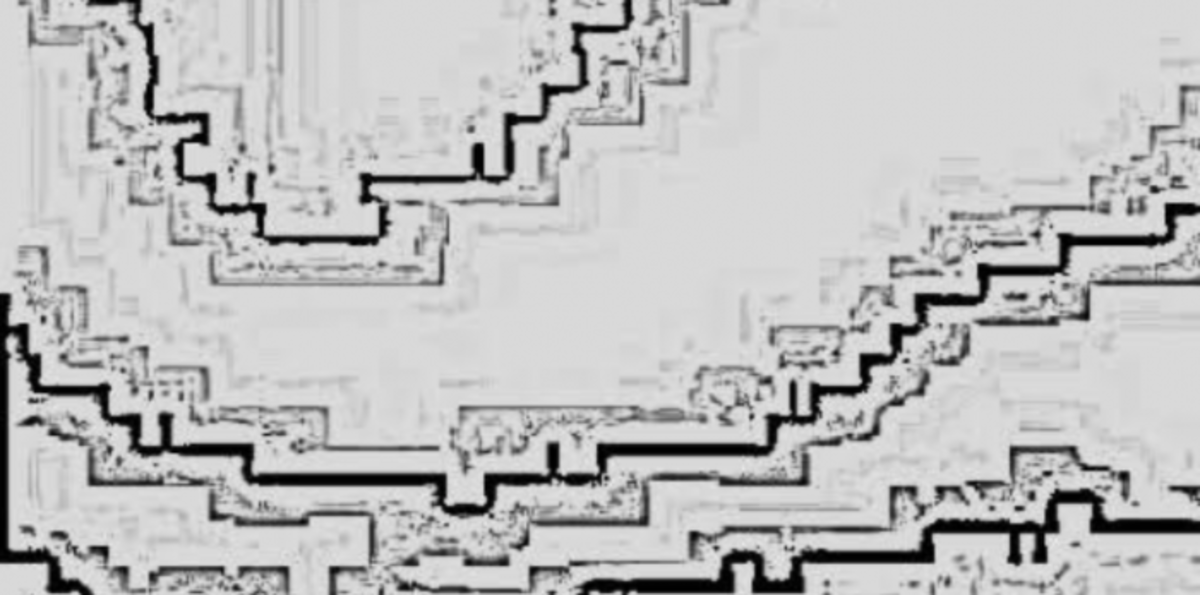PAOC Spotlights
A Focus on Fronts

Read this at CBIOMES
Biological processes interact nonlinearly with the physical environment, transforming smooth spatial and temporal gradients into sharp transitions in ecosystem structure. Focusing on these sharp transitions provides a path towards uncovering the underlying biological mechanisms from field observations. We have focused on the region between the two gyres in the North Pacific Ocean, the transition zone, using a data-constrained, coupled biophysical ocean model, remote sensing products, and transect data to relate tracers through the time evolution of their transitional boundaries. Working with Christian Muller Simons Center for Data Analysis), Jacob Bien (USC), and Stephanie Dutkiewicz (MIT), we first applied hierarchal clustering methods to the model ecosystem, confirming that the model Transition Zone contains unique biomes and that the biome transitions move throughout the seasons. How should we think about these transitions mechanistically?
In work with EAPS Senior Research Scientist Stephanie Dutkiewicz and EAPS Research Scientist Gael Forget, we find that transitions occur in many biogeochemical tracers in the transition zone. These transitions are either static or oscillate strongly with the seasons and this behavior maps to the underlying physical dynamics. Nutrient laden water in the upper water column flows southeast from the sub-polar gyre through the Transition Zone and into the subtropical gyre. Along the way nutrients are used, recycled, and exported leading to a steady loss of biomass and a commensurate change in the ecosystem structure. This steady gradient is modified by seasonal forcing and ecosystem succession which drives north and southward propagating biochemical fronts. This work has benefited greatly from the CMAP database infrastructure, which has allowed us to easily extract transects from remote sensing and compare them to the computational model. As the Gradients cruises occurred at times of maximal frontal velocity, we would expect substantial, predictable, shifts in the relative locations of biological transitions between the field campaigns despite their relatively small seasonal difference. Our work secures the biophysical context of the Transition Zone and provides a path towards data-model integration through the relative locations of strong biochemical fronts.
Many groups inside CBIOMES use statistical methods on transect data, and CMAP provides a great resource for seamlessly accessing the many different types. However, the optimal methods for comparing these data types are not as clear or accessible. Focusing on model-data comparison I am currently working with Shubha Sathyendranath (Plymouth Marine Laboratory), Gael Forget, Bror Jonsson (Plymouth Marine Laboratory), Christian Muller (Simons Center for Data Analysis), Jacob Bien (USC), Stephanie Dutkiewicz (MIT), and others to define a matched, minimal resolution, data-set to both test statistical algorithms and quantitatively compare data and the DARWIN model. We are focusing on remote sensing and DARWIN because they both contain matched fields and can be co-localized on a regular grid. We hope this provides a system for algorithm development and leads to a more quantitative understanding of the differences between modeled and observed ecosystem structure.
The Simons Collaboration on Computational Biogeochemical Modeling of Marine Ecosystems (CBIOMES, pronounced “Sea Biomes”) is a multi-institution effort seeking to characterize biogeography of key marine microbes at basin and seasonal scales, to ask how organismal characteristics and interactions shape these patterns, and to understand and quantify the relationship between biogeography and elemental cycles. To this end the team is developing models that represent key traits of marine microbes, compiling and interpreting diverse observational datasets, and formally combining data and models in order to map out microbial biogeography, interpret the organizing principles, and infer large-scale biogeochemical fluxes.
The project brings together an eclectic, multi-disciplinary group of investigators from oceanography, statistics, data science, ecology, marine biogeochemistry and remote sensing from institutions across the US, the UK and Canada. We connect with and complement other Simons Collaborations including SCOPE, SCOPE-Gradients and PriME.